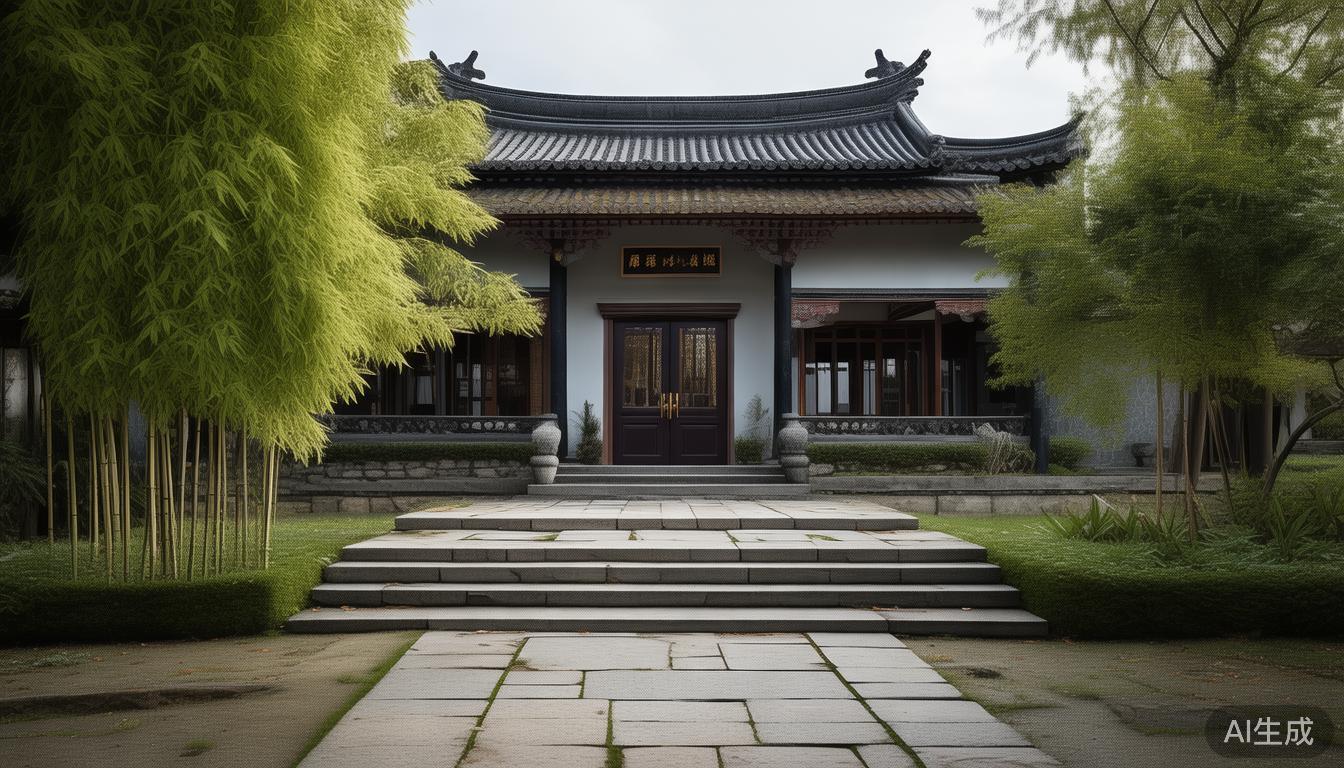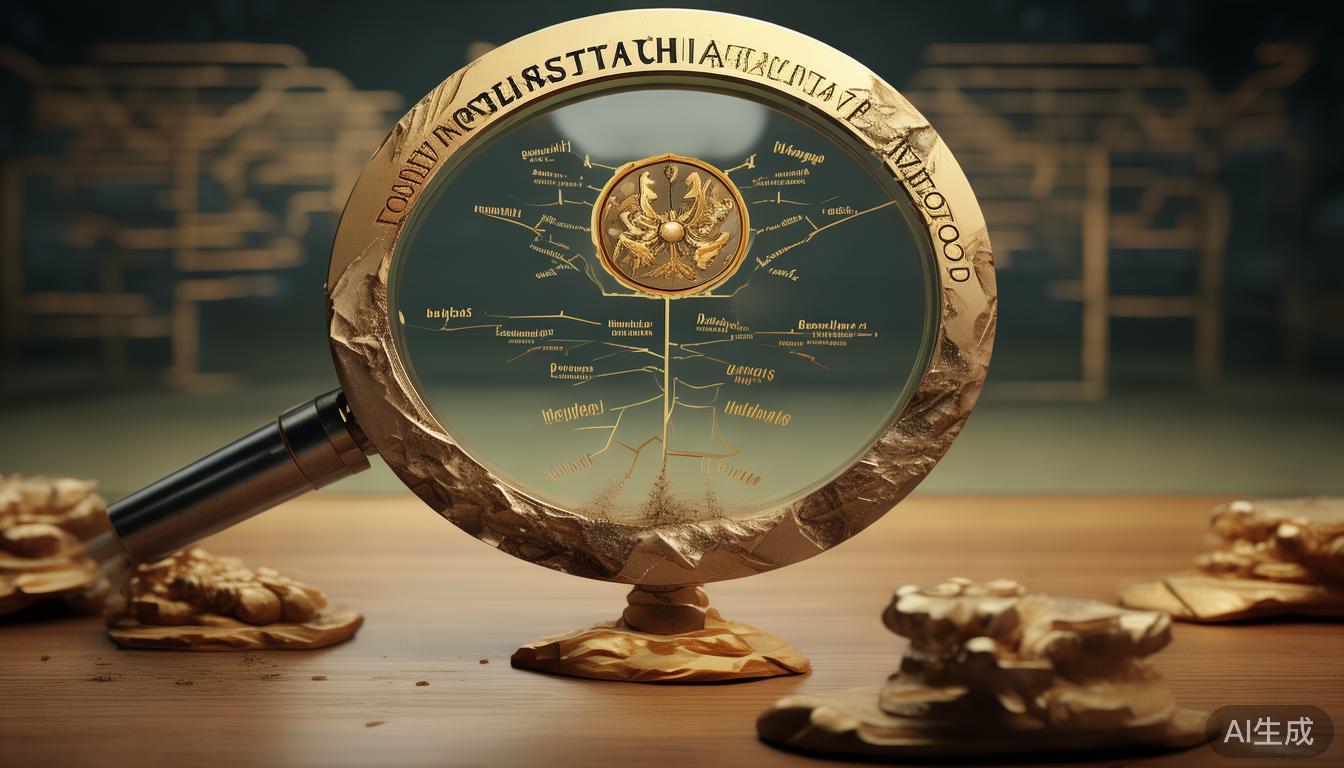I have been observing the controversy surrounding the Taoist Tai Chi Association for many years. This global organization aims to promote the Taoist Tai Chi health practice. It has indeed encountered many doubts in the process of rapid expansion. From internal management to the inheritance of the practice, the controversy involves both the transparency of organizational operations and the nature of traditional health care. These discussions actually reflect the common challenges faced by contemporary society in accepting traditional health culture.
How the Taoist Tai Chi Association ensures the purity of its heritage
Many students choose the Taoist Tai Chi Society because of the "pure Taoist heritage" it claims. However, in actual teaching Tai Chi And Diabetes Courses Online , the purity of this inheritance is often questioned. The exercises that the founders of the association learned from Taoist holy sites have been spread around the world for decades and have inevitably been mixed with Western physical training concepts. Whether such a fusion deviates from the core of traditional Tai Chi has become a point of controversy. Some senior practitioners pointed out that although the large-frame exercises emphasized by the association are safe and easy to learn, they simplify the internal skills and mental methods of traditional Tai Chi, causing the exercises to be more focused on physical movements rather than inner cultivation.
Is the association’s charging model reasonable?

Tai Chi For Diabetes , as a registered non-profit organization, its fee structure often triggers discussions. Students have to pay course fees, annual membership fees, and additional expenses for graded training. The association explains that these incomes are used to maintain global center operations and teacher training. However, critics feel that this layered fee model is too commercial and goes against the Taoist concept of "quiet and inactive." Especially in terms of pricing for advanced workshops, it is almost close to high-end courses in commercial fitness institutions, which excludes enthusiasts with limited financial conditions.
Are there any problems with internal management?

First from local study groups to the international headquarters, the organizational structure of the Taoist Tai Chi Association was described by some former members as "so vertical and closed." Decision-making power is highly concentrated in the hands of a few senior mentors, and ordinary members basically have no say in the operation of the organization. This management style resulted in several instances of internal conflict, including separate incidents in chapters in Toronto and elsewhere in Europe. However, supporters believe that strict organizational discipline is an inevitable means to maintain the unification of global teaching standards and prevent blind and arbitrary changes and adaptations of exercises in different regions, resulting in uneven teaching-related qualities in various regions.
When you come into contact with a health care organization, what is most important to you is the professionalism of the instructor or the transparency of the organization? You are welcome to share your personal opinions in the comment area. If you feel that this article is helpful, please give it a like and support without hesitation.


